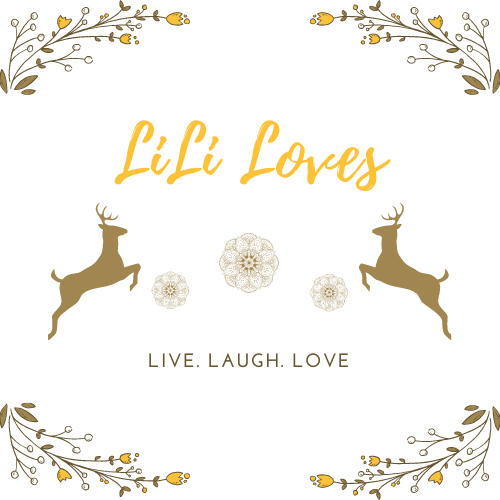Day 4 - A Year to Clear - What is Clutter?
/Lesson 4: What is Clutter?
When I think of clutter, I think of myself hoarding all these unnecessary items that I tend to not use or keep for some memory. I always think of physical clutter and what we create in our homes as being the clutter that plagues me. This lesson included a video that outlined that when the body is out of balance mentally such as bad thoughts, loss and tragedy, and fear, this becomes the invisible clutter. Both visible and invisible clutter stops us from becoming our best and true selves. The video went through why we get overwhelmed and how we can slowly, but surely, overcome this.
We live in such a fast paced environment, that it's no wonder we sometimes crash and burn and lose passion for things we love and become lost. We tend to get stressed and don't realise the impact on our lives and our self. When we do have a build of stress, it can make us overwhelmed which is caused by the fight or flight mode that goes off in our brain, which is a reaction to fearful thoughts, uncomfortable situations, attachment and when we're emotionally charged. The problem is, it's hard to switch off. We unconsciously can't stop it from cycling through over and over. This feeling then leads to procrastination and avoidance.
There is a way to break through overwhelm with 3 consistent steps Stephanie Bennett Vogt mentions:
1 - We need to slow down
2 - We need to focus on tasks that don't trigger a reaction in our brain
3 - We need to be consistent in our effort daily
Stephanie used an example of a messy desk with paper everywhere, rubbish piling up and everything unorganised. The most impulsive thing we tend to do is avoid it altogether or try to tackle in one go, but she advises to take a gentle approach to get over this problem. Her method is Reduce and Repeat. The way to reduce the area is to spend focus and time on the task, but then to have awareness to in repeating the task every day until it's complete. SO, if all you can do is move one paper clip per day, do that but repeatedly and consistently. It's all about small steps, one breath at a time with all the awareness you can put together, and you keep repeating this, until it feels good.
Don't let the overwhelm talk you out of it when you think you have so much to clear! Being consistent and aware is the key. Stephanie mentions when you take a slow approach, it creates new neural pathways in the brain that triggers good habits and makes you feel good. This will have a flow on effect onto other aspects of your life. You can do Repeat every day for 1 minute. Stephanie asks you to focus on one thing that causes you frustration or stress, close your eyes, note how it makes you feel, take deep breaths - to me it is like meditating on it. After a week, you might find you slow down and simplify so it may not cause you stress anymore. The exercise is to do this now and answer the following:
- After doing the closed-eye exercise I noticed______
- Surprising ways that clutter shows up in my life are______
My outcomes: - After doing the closed-eyed exercise I noticed, I still have quite a few belongings that I want to sort as part of a recent declutter of my house.
- Surprising ways that clutter shows up in my life are people buying me things I don't need or me rearranging my house and realising there is more and more items to get rid of.



